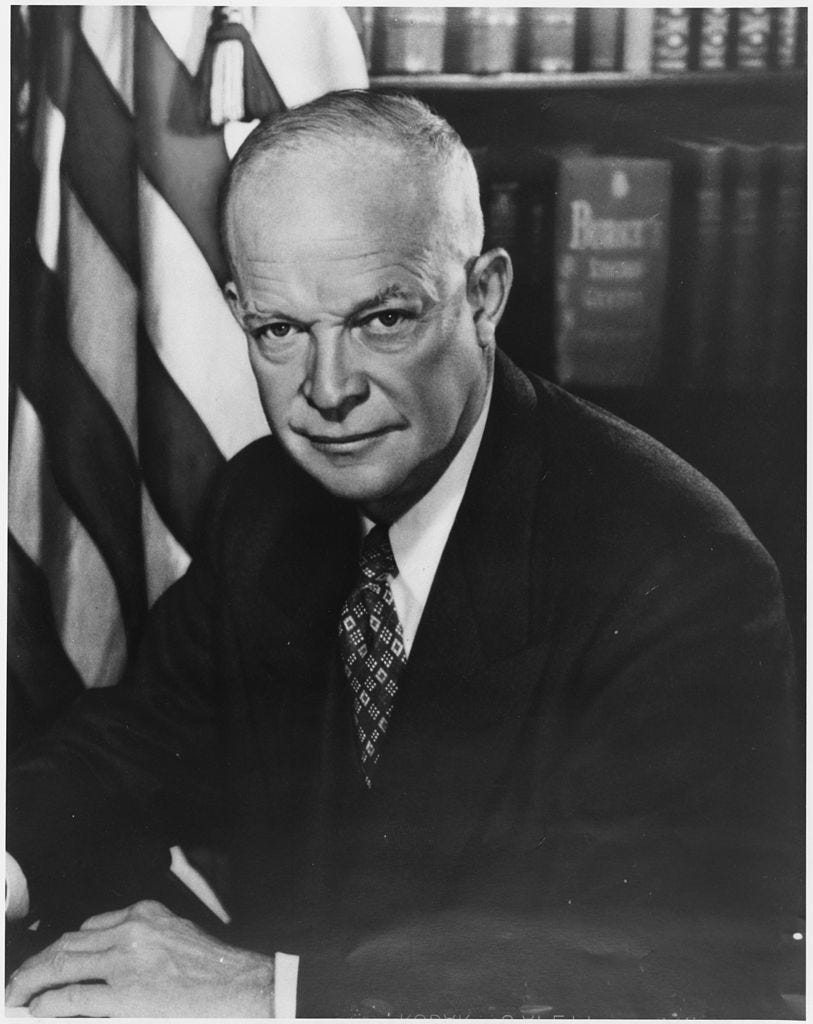National Economics: How to Restore American Manufacturing
New report from David P. Goldman sets out a blueprint for industrial revival
The Western Star newsletter publishes a selection of policy and historical material through its ‘National Economics’ round-up email alongside commentary on current affairs. If you want to contribute an article, have your work featured or recommend interesting reading from elsewhere, please contact us at theamsystem@substack.com. You can also follow us on Twitter at @TheAmSystem.
Changing Policy
Writing for Compact, David P. Goldman provided a condensed account of his findings from a report for the Claremont Institute Center for the American Way of Life. The full report can be found here and contains a detailed and thorough argument for a modern industrial policy.
“Either we lead this revolution, or we will be left behind, the way Britain was after World War II. America has already paid a steep price for allowing its manufacturing sector to decay. Countless American communities were ruined as manufacturing employment fell to barely 13 million today, down from a 1979 peak of 20 million. The erosion of industry is an important cause of the weakening of family ties and other social pathologies. It is about to get much worse—unless we take decisive action.”
From American Compass, One Simple Trick for Raising Wages is a new collection of essays that makes the case for a tighter labor market as the best means of increasing productivity and tackling low wages.
“The success of all these policies hinges to some extent on a tight labor market. A worker’s worth may be innate, but the price he can command in the labor market is dictated by supply and demand. Profit-maximizing employers will only offer the wages and conditions necessary to retain the workers they need. Both employers and pro-business economists see cheap labor as vital to economic growth and so are quick to declare a “labor shortage” at the first sign of typical workers receiving real wage increases. This helps explain why real wages have risen by 1% over the past 50 years, while productivity rose by 141% and corporate profits per capita by 185%. Policymakers must reject this logic, and such results, and seek instead to tighten the labor market further, especially for the lower-wage workers who have not shared in recent decades of growth.”
Reading History
For one of the most comprehensive accounts of how the early American republic developed, including the pivotal economic reforms of Alexander Hamilton as Treasury Secretary, we recommend reading Empire of Liberty: A History of the Early Republic, 1789-1815 by Gordon S. Wood.
“As Wood reveals, the period was marked by tumultuous change in all aspects of American life—in politics, society, economy, and culture. The men who founded the new government had high hopes for the future, but few of their hopes and dreams worked out quite as they expected. They hated political parties but parties nonetheless emerged. Some wanted the United States to become a great fiscal-military state like those of Britain and France; others wanted the country to remain a rural agricultural state very different from the European states. Instead, by 1815 the United States became something neither group anticipated. Many leaders expected American culture to flourish and surpass that of Europe; instead it became popularized and vulgarized. The leaders also hope to see the end of slavery; instead, despite the release of many slaves and the end of slavery in the North, slavery was stronger in 1815 than it had been in 1789. Many wanted to avoid entanglements with Europe, but instead the country became involved in Europe's wars and ended up waging another war with the former mother country. Still, with a new generation emerging by 1815, most Americans were confident and optimistic about the future of their country.”
Great Americans

More from The American System
Who Will Stand Against Reckless Banking? by David A. Cowan
Populism, Federalism, and the American System by Joshua McCabe
Cities of the West: An American Success Story, Parts One & Two by J.H. Cullum Clark



